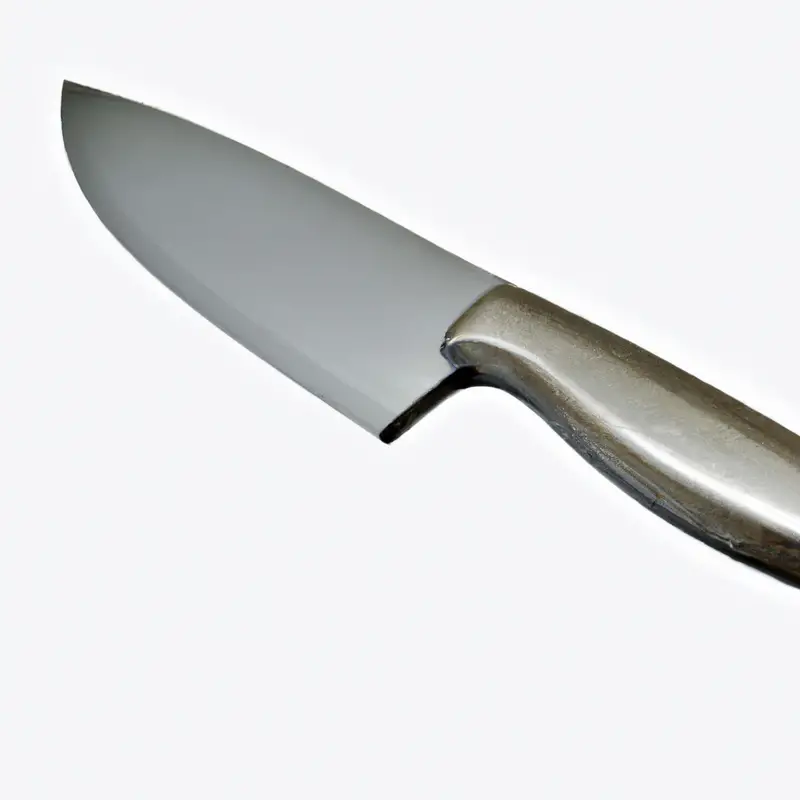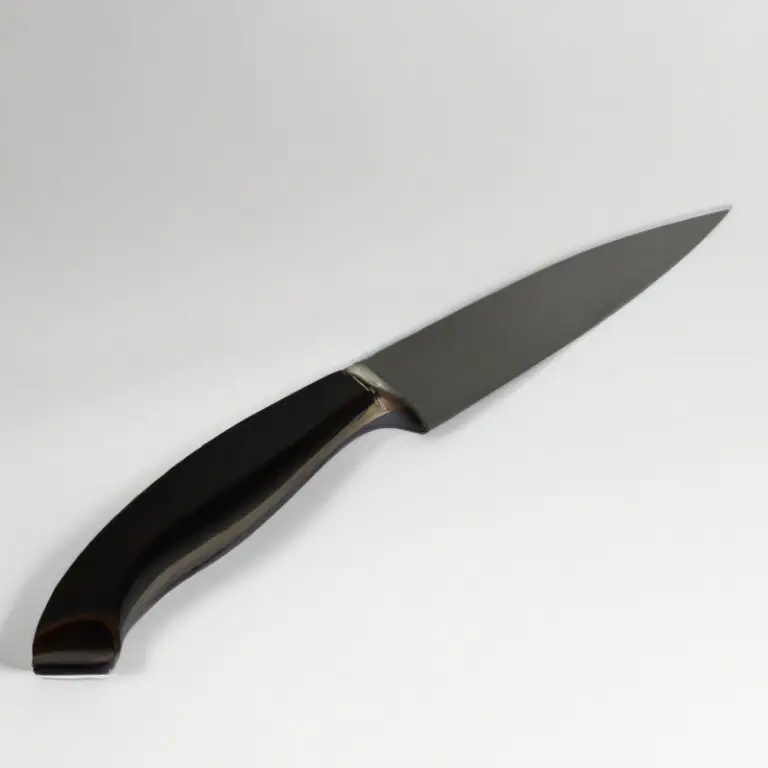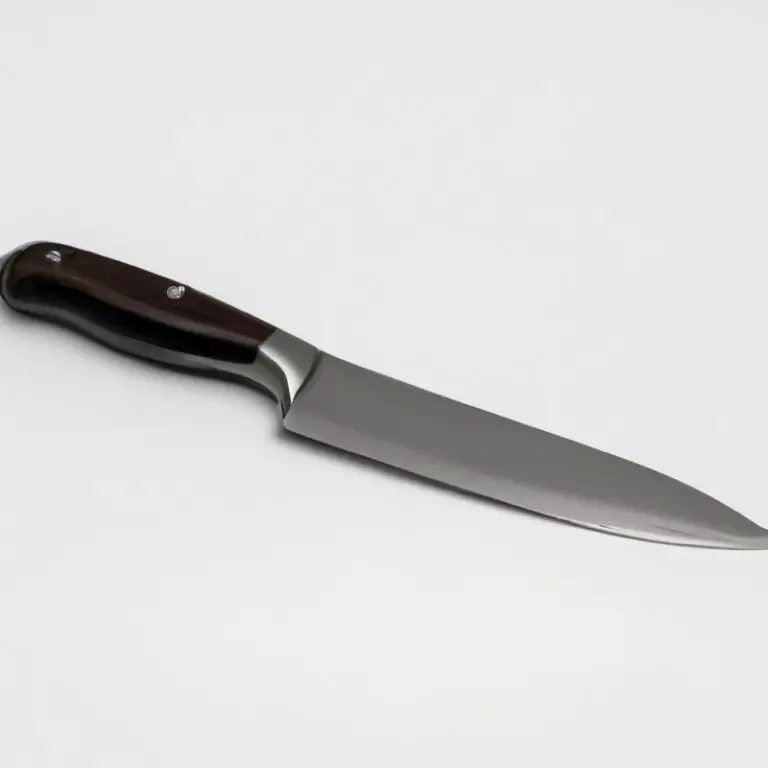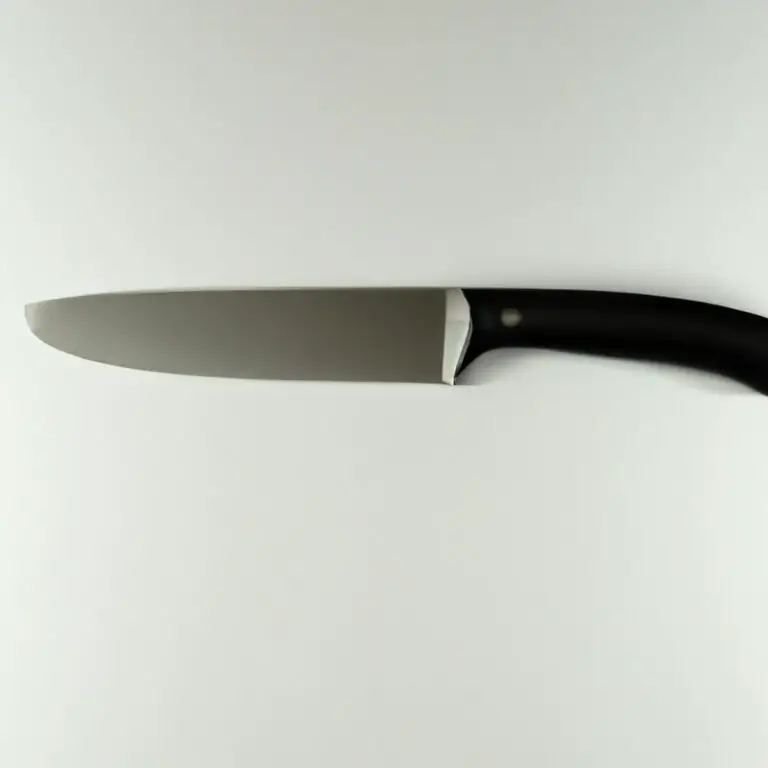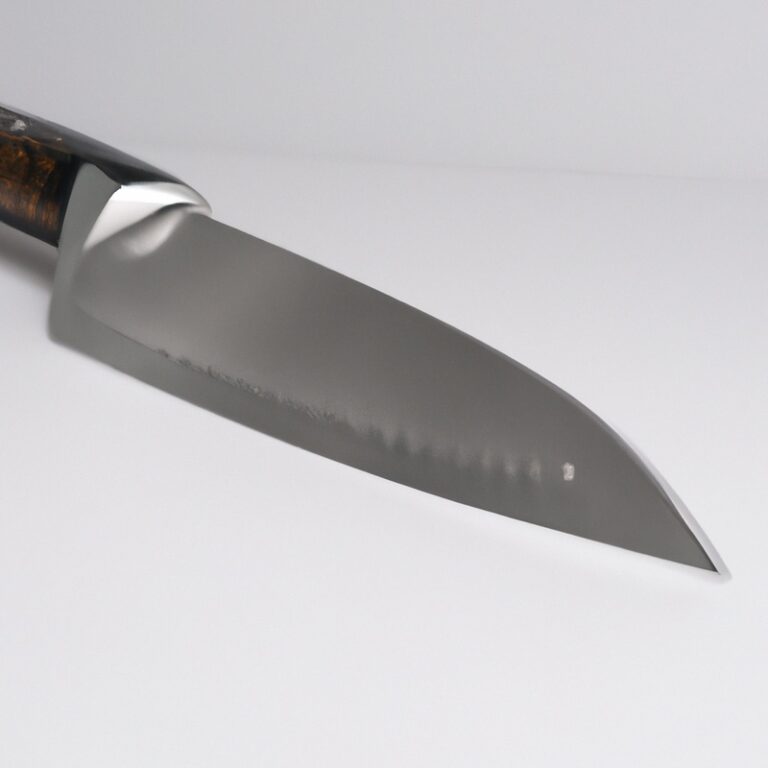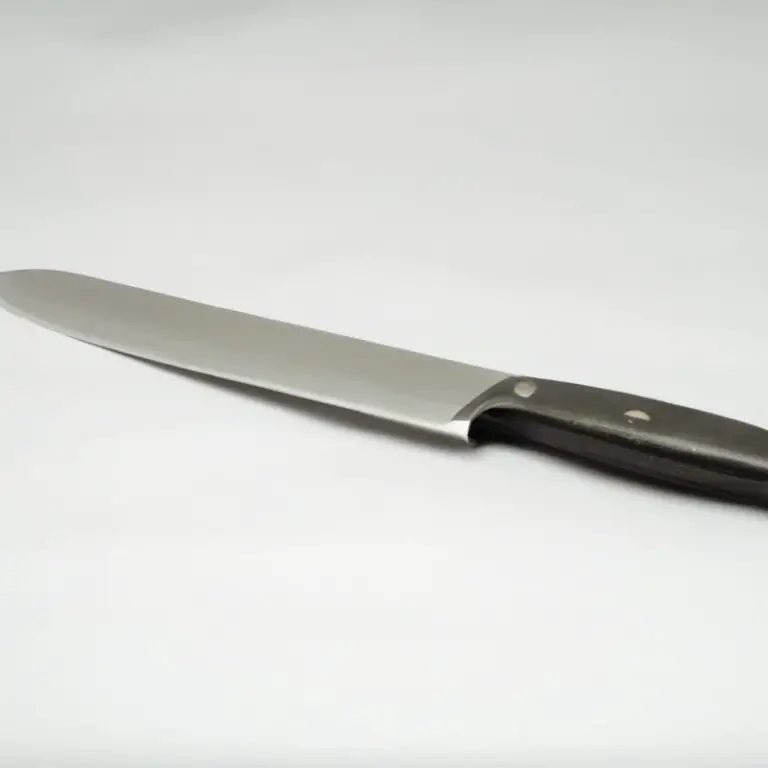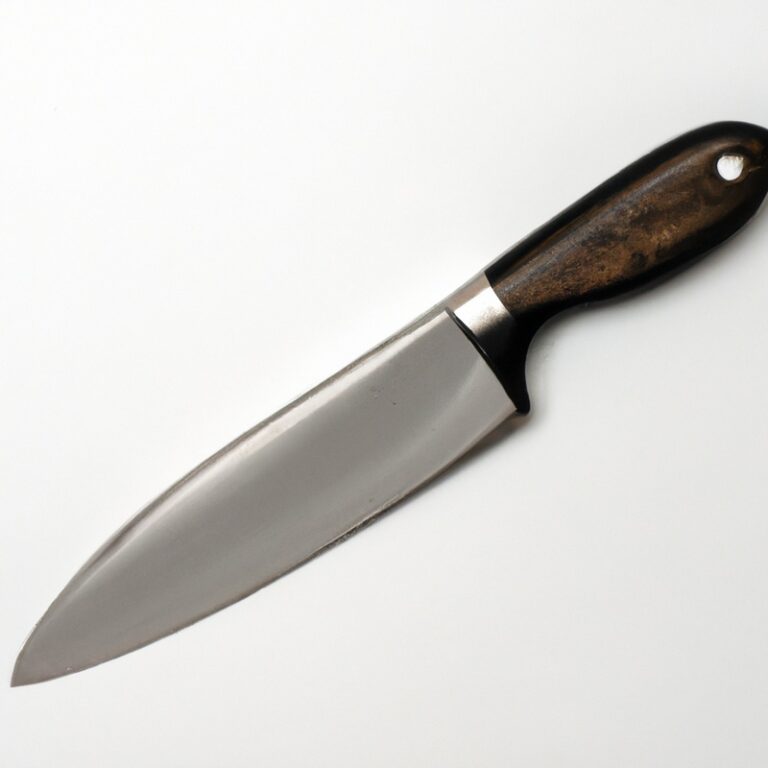How To Fillet a Mackerel Using a Fillet Knife? Master The Technique!
Key Takeaways:
- Use a sharp fillet knife to ensure a cleaner and more precise cut.
- Begin by cutting through the gills and down the spine, using the knife’s flexible blade to follow the contours of the fish.
- Remove the skin by placing the blade between the skin and flesh at a 45-degree angle and gently guiding it along the length of the fillet.
- Practice makes perfect – with enough experience, filleting a mackerel will become second nature.
Are you intimidated by the idea of filleting a fish? Don’t worry – with the right tools and technique, it can be a breeze! In this article, I will guide you through the steps to fillet a mackerel using a fillet knife.
You’ll learn everything from choosing the right knife to storing and using your fresh fillets.
With a little practice and some expert tips, you’ll be able to create perfectly filleted mackerel in no time. So, let’s dive in and get started!
| Steps | Instructions |
|---|---|
| Step 1 | Place the mackerel on a cutting board, belly facing down. |
| Step 2 | Insert the fillet knife at the base of the head and make a shallow cut through the skin to the backbone. |
| Step 3 | Keeping the knife blade against the bones, slowly slice down toward the tail, separating the flesh from the bones. |
| Step 4 | Repeat the process on the other side of the fish. |
| Step 5 | Remove any remaining bones, if desired, by placing the fillet skin-side down and running your fingers over the flesh to locate any bones. Use a pair of tweezers to pull them out. |
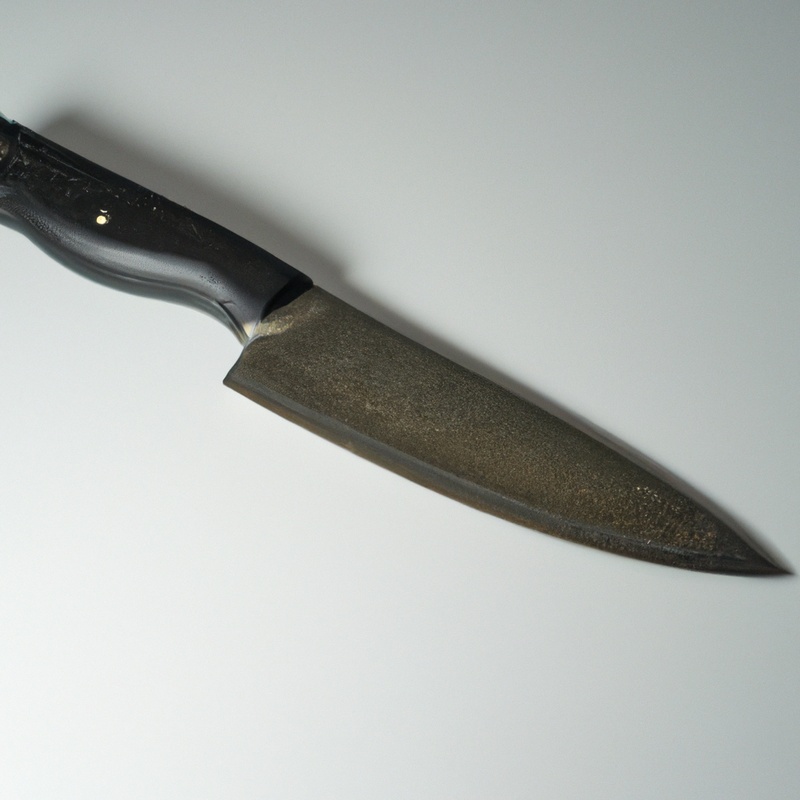
Choosing the Right Fillet Knife for the Job
When it comes to filleting a mackerel, choosing the right fillet knife is crucial to ensure a clean and precise cut. A flexible and sharp blade is recommended for easy maneuverability and precision slicing around the bones and skin of the fish.
Opt for a blade between 6-9 inches in length, and make sure it is made of high-quality stainless steel for durability and longevity.
A comfortable and slip-resistant handle is also important for a safe and steady grip while filleting. Overall, investing in a good fillet knife is essential for achieving a perfectly filleted mackerel.
Preparing the Mackerel for Filleting
Before you begin filleting the mackerel, you need to prepare it properly. Start by washing the fish thoroughly in cold water and pat drying it with a clean kitchen towel.
Next, place the fish on a flat surface and use a sharp knife to make a shallow cut around the gills, down to the backbone.
Cut through the backbone toward the tail, removing the head. Repeat the same process for the tail, and then turn the fish over to repeat the process on the other side.
This will leave you with a clean, boneless fillet ready for the next step.
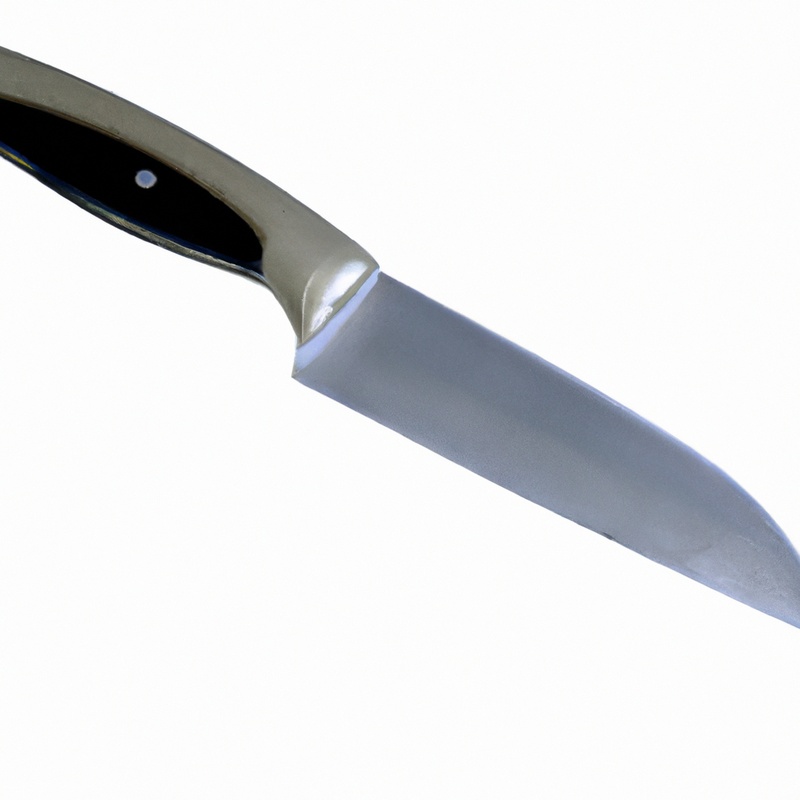
Removing the Head and Tail of the Mackerel
To remove the head of the mackerel, place the knife behind the gills, making sure to cut through the spinal cord. Then, grip the head firmly and push it away from the body.
To remove the tail, make a slit through the skin at the base of the tail, then firmly hold the tail with one hand and pull up on the body with the other, separating the two.
Discard the head and tail appropriately. Now you are ready to move onto the next step of cutting the fillets.
Cutting Along the Backbone to Remove the First Fillet
To begin removing the first fillet from your mackerel, place the fish on a cutting board with its belly facing up. Hold the head firmly down with your non-dominant hand, and with the fillet knife in your dominant hand, make a cut just behind the gills and down towards the backbone.
Next, angle your knife so that it lays flat against the backbone and cut towards the tail, removing the fillet from the skeleton in one smooth motion.
Be sure to keep the knife close to the spine to avoid leaving any meat behind. Once the first fillet has been removed, flip the mackerel over and repeat the process to remove the second fillet, this time cutting from tail to head.
Cutting along the backbone can be challenging at first, but with practice, it becomes easier to execute properly.
Keep your knife sharp and make sure to cut along the bone without pressing into it too firmly to achieve a clean, smooth cut.
Removing the Second Fillet by Cutting from the Tail to Head
To remove the second fillet from the mackerel, start at the tail end and run the blade along the spine towards the head. Use the blade to gently slice the flesh away from the bones, angling the knife downwards towards the tail.
Once you have removed the second fillet completely, repeat the process on the other side.
Remember to check for any remaining bones or fins and trim them away carefully. This method ensures that you can get the maximum amount of meat from your fish, and is a straightforward and efficient way to fillet a mackerel using a fillet knife.
Removing the Skin from the Fillets
Removing the Skin from the Fillets: To remove the skin from the mackerel fillets, place the fillet on a cutting board with the skin side down. Use your non-dominant hand to hold the tail end of the fillet, then use the fillet knife to gently cut down towards the skin, holding the blade at a slight angle.
Continue cutting until the skin is completely separated from the flesh.
Repeat the process for the other fillet. Some people prefer to use a pair of pliers or a fish skinning tool to grip the skin and pull it off, which can be faster and easier, but there’s a risk of losing some of the flesh.
Once you’ve removed the skin, you can proceed to trim away any remaining bones or fins from the fillets.
Trimming Any Remaining Bones or Fins from the Fillets
After removing the skin of the fillets, there might still be some small bones or fins in the fish. To ensure that your fillets are boneless and skinless, use tweezers or pliers to gently remove any remaining bones or fins.
Carefully run your fingertips over the fillets to feel for any small bones that might be left.
Use your pliers to grip the bone or fin gently and remove it slowly and steadily. Be careful not to damage the fillets while removing the bones.
Once all the bones and fins have been removed, your mackerel fillets are ready to be used or refrigerated for later use.
Storing and Using Your Freshly Filleted Mackerel
To ensure the freshness of your mackerel fillets, it is recommended to use them immediately after filleting. However, if you need to store them, place them in an airtight container, cover with a damp paper towel, and keep them in the refrigerator for up to two days.
To use your freshly filleted mackerel, try baking, grilling, or frying them.
Mackerel is a versatile fish that pairs well with a variety of flavors. Consider marinating them in lemon juice and herbs before cooking for added flavor.
Be sure to remove any remaining bones or fins before cooking for a pleasant eating experience.
Expert Tips for Perfecting Your Mackerel Fillet Technique
To perfect your mackerel fillet technique, there are a few expert tips to keep in mind. Firstly, make sure to use a sharp fillet knife and a stable work surface.
Next, use long, smooth strokes when cutting and avoid sawing or dragging the blade through the flesh.
It’s also important to angle the knife towards the backbone when removing the fillets. When removing the skin, grip the fillet firmly and use a gentle sawing motion to separate it from the flesh.
Lastly, be patient and take your time to ensure the fillets are clean and bone-free.
By following these tips, you’ll be able to achieve perfectly filleted mackerel every time.
Common Mistakes to Avoid When Filleting Mackerel
There are some common mistakes to avoid when filleting mackerel:
- Using a dull fillet knife can make the process difficult and increase the risk of injuries.
- Not removing all the bones can spoil the taste of mackerel and cause harm while eating.
- Starting from the wrong spot while filleting, can create wastage of meat and make it harder to remove the skin and bones.
- Applying too much pressure while filleting can damage the flesh and make the skin stick to the meat.
- Rushing through the process instead of being patient and methodical can lead to errors and injuries.
To avoid these mistakes, ensure that you are using a sharp fillet knife and remove all the bones from the meat. Start from the right spot, use gentle pressure, and go slow.
Take your time and practice until you get the perfect fillet that is boneless and skinless, ready to be cooked or frozen for later use.
Final Verdict
Filleting a mackerel can seem daunting at first, but with the right knowledge and tools, it can actually be quite simple and enjoyable. By choosing the right fillet knife and following the proper steps, you can easily prepare your mackerel fillets for cooking or freezing.
Remember to be patient and careful while filleting, as even the slightest mistake can ruin the integrity of the fillet.
With these tips and tricks, you’ll be well on your way to perfecting your mackerel fillet technique and impressing your family and friends with your culinary skills. Trust in your ability to fillet a mackerel with ease, and most importantly, have fun in the process.
Happy filleting!

